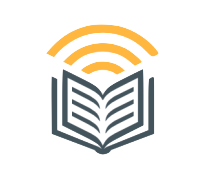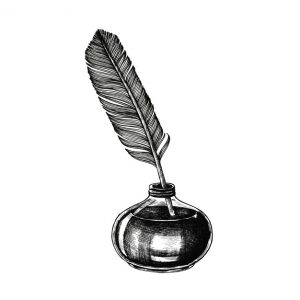Muscle and ligament injuries are among the most common physical ailments, affecting athletes, active individuals, and even those with sedentary lifestyles. Whether from sudden trauma, overuse, or poor posture, conditions like sprains, spasms, and strains can cause significant discomfort and limit mobility. Fortunately, medications like Pain O Soma 350 mg (containing Carisoprodol) provide effective relief by relaxing muscles and alleviating pain.
This comprehensive guide explores the differences between sprains, spasms, and strains, their causes, symptoms, treatment options, and how Carisoprodol-based medications like Soma 350 mg can help in recovery.
1. What Are Sprains, Spasms, and Strains?
Sprains
A sprain occurs when a ligament (the fibrous tissue connecting bones at joints) is stretched or torn. Common causes include falls, sudden twists, or impacts that force a joint out of its normal position.
Common Locations: Ankles, wrists, knees
Symptoms:
Pain around the affected joint
Swelling and bruising
Limited mobility
A “popping” sensation at the time of injury
Spasms
A muscle spasm (or cramp) is an involuntary, sudden contraction of a muscle. It can range from a mild twitch to severe pain, often due to fatigue, dehydration, or electrolyte imbalances.
Common Causes:
Overexertion during exercise
Poor blood circulation
Nerve compression
Magnesium or potassium deficiency
Symptoms:
Sudden, sharp pain
Hard, tense muscle knots
Temporary loss of function
Strains
A strain involves an injury to a muscle or tendon (the tissue connecting muscle to bone). Strains often result from overstretching or excessive force.
Common Locations: Hamstrings, lower back, shoulders
Symptoms:
Muscle pain and weakness
Swelling or cramping
Difficulty moving the affected area
2. Causes and Risk Factors
Common Causes
Sudden Movements: Twisting or jerking motions (common in sports)
Overuse: Repetitive motions (e.g., typing, lifting)
Poor Conditioning: Weak muscles are more prone to injury
Accidents: Falls, collisions, or improper lifting techniques
Risk Factors
Age: Older adults have less flexible tendons and muscles
Occupation: Jobs requiring heavy lifting or repetitive motions
Sports: High-impact activities (basketball, football, gymnastics)
Previous Injuries: Weakens the affected area, increasing re-injury risk
3. Diagnosis and Medical Evaluation
Doctors typically diagnose these injuries through:
Physical Examination: Assessing pain, swelling, and range of motion
Imaging Tests: X-rays (to rule out fractures), MRI (for soft tissue damage)
Patient History: Understanding activity levels and prior injuries
4. Treatment Options for Sprains, Spasms, and Strains
A. Immediate First Aid (R.I.C.E. Method)
Rest: Avoid using the injured area
Ice: Apply for 15-20 minutes every 2 hours
Compression: Use an elastic bandage to reduce swelling
Elevation: Keep the injured limb raised
B. Medications
Pain Relievers: NSAIDs (Ibuprofen, Naproxen) reduce pain and inflammation.
Muscle Relaxants: Carisoprodol (Pain O Soma 350 mg, Soma 350 mg) helps relieve muscle spasms by blocking nerve and brain pain signals.
How Carisoprodol Works
Mechanism: It interrupts nerve communication in the central nervous system (CNS).
Dosage: Typically 350 mg three times daily and at bedtime.
Side Effects: Drowsiness, dizziness (avoid alcohol and driving).
C. Physical Therapy
Strengthening exercises
Stretching routines
Massage therapy
D. Surgical Intervention (Severe Cases)
Torn ligaments (ACL repair)
Ruptured tendons (rotator cuff surgery)
5. Prevention Strategies
Warm-Up Before Exercise: Increases blood flow to muscles.
Strengthen Muscles: Regular strength training.
Proper Footwear Supports joints during physical activity.
Stay Hydrated: This prevents muscle cramps.
Ergonomic Adjustments: Proper posture at work.
6. When to See a Doctor
Seek medical attention if:
Pain persists beyond a week
Inability to bear weight on the injury
Numbness or severe swelling
Signs of infection (redness, fever)
Conclusion
Though common, sprains, spasms, and strains can disrupt daily life if left untreated. Early intervention with rest, ice, compression, and medications like Pain O Soma 350 mg (Carisoprodol) can speed up recovery. Strengthening muscles, maintaining flexibility, and practicing proper body mechanics are key to preventing future injuries.
If pain persists, consult a healthcare provider for a tailored treatment plan. With the right approach, most muscle and ligament injuries heal effectively, restoring mobility and comfort.


